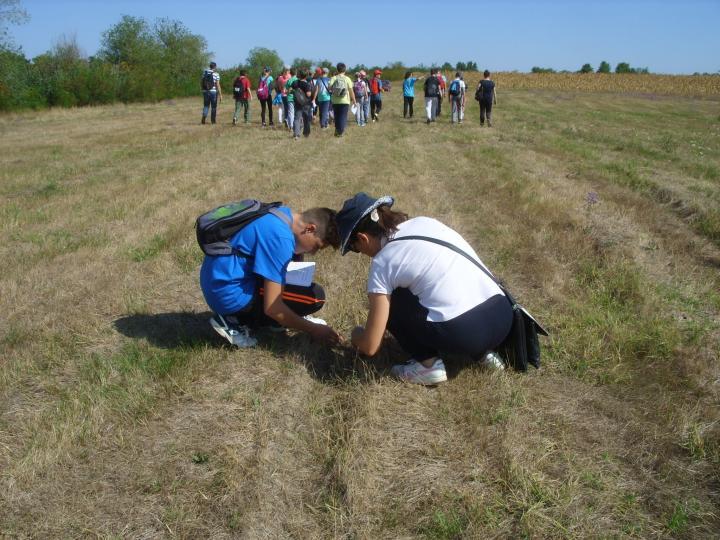Biodiversity around usEnsure your local biodiversity is recognised and supported

Ready for action?
What
The possible connections with your curriculum
Who
The people who take up the teacher role
Where
The locations where learning takes place
With
The community stakeholders to collaborate with
Short abstract
In this project, students will reflect on the extent of biodiversity loss. They will investigate biodiversity in their local area using different research methods, and analyse their findings. They will share their results by setting up a ‘research stand’ in the school during recess or during the Earth Day festival.
Using the example of people in the class, students will look at how different they are, what they have in common, and what kinds of groups they can categorize themselves into. They will play games to explore different levels of categorisation and identification. Even though we all belong to the same species, many things make us different. Is it the same in nature?
Students will go outside to try to identify different organisms in their environment using field guides, a taxonomy key and online classification tools. They will take pictures of animals they find to aid identification. They will also take plant material and water samples back to the classroom.
Students will work with an expert to learn how to prepare slides and examine the specimens they collected during their field trip under a microscope. They will further develop their skills in the identification of organisms. They will then present their findings in the form of a poster or presentation.
In this unit, students will learn about the nutritional relationships found in the animal world. They will look for differences in food chains from different ecosystems. They will build different food chains and think about what happens if one part of the chain is altered, deciding whether each part is of equal importance.
Students will investigate biodiversity on a local and a global scale. They will investigate what is happening to habitats and how they are threatened. In groups, they will create and present ecological garden designs which create an agreeable habitat for both wildlife and people.
Students will make planters and plant wildflower seeds to be distributed around the school grounds. They will create mini gardens in pots as an initiative to promote biodiversity on a local scale.
Students will present the results of their research and their work to the school community. This will take the form of a bio-festival with posters around the school and a ‘research stand’ to share their new knowledge. This could happen in a light way during recess or in a bigger way for an Earth Day or similar festival.
Teacher feedback
Aha moments
- A big part of the project can be given to students to do at home (e.g. during remote learning). An outdoor activity combined with plant identification can be done with the parents. An additional idea to extend the project is for each student to prepare a green book (a book with dried plant specimens).
Uh oh moments
- It is a very enjoyable, uncomplicated and easy-to-follow scenario that allows students to get outside of school and explore the world around them. The biggest difficulty we encountered was selecting the correct plant/animal identification keys (LU2). These usually come in the form of thick books, and the questions asked in them often require knowledge of plant morphology. We recommend asking biologists/botanists in your area for help in choosing a suitable key. Then it is a good idea to go on your own to the area around your school and identify the most common plants. Providing (photocopying) students with pages limited to descriptions of plants growing in your local area can speed up the work a lot.